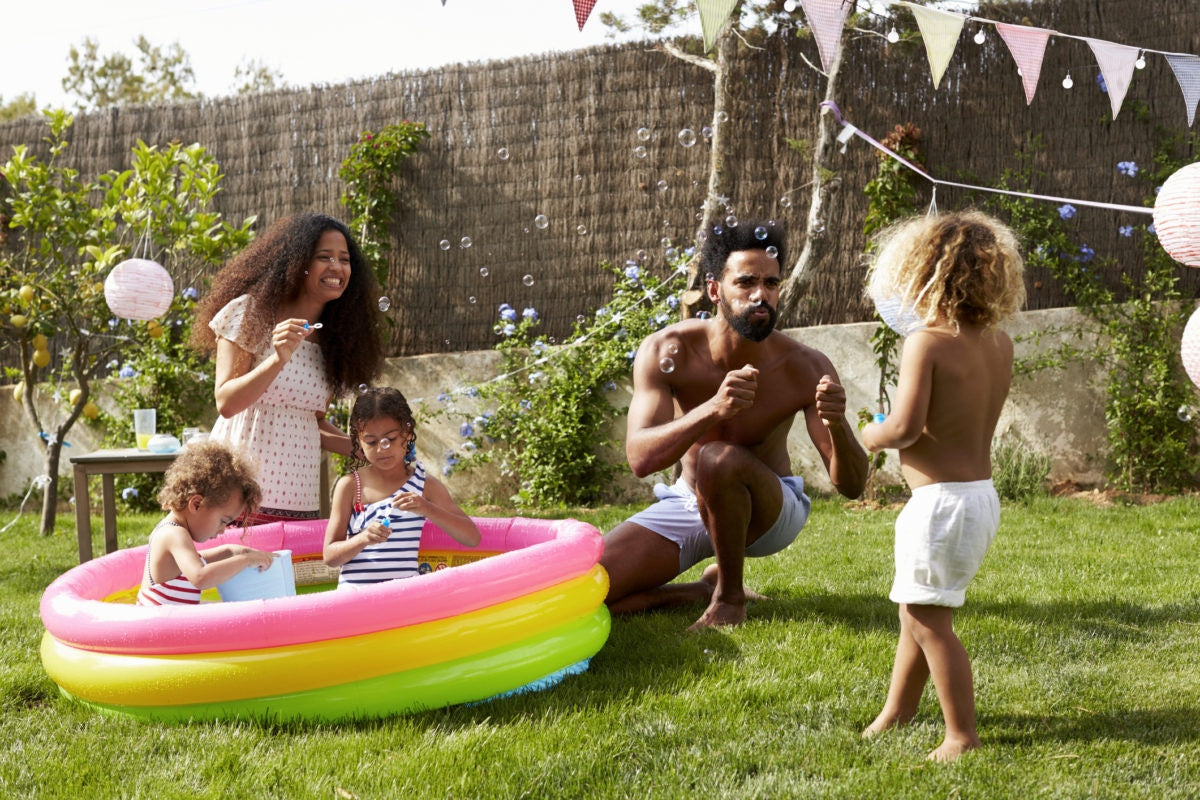Adopting a holistic approach to parenting means being aware of all the aspects of your child’s development. It means making informed and conscious parenting choices. Below are eight tips that may help you adopt a holistic approach to parenting.
1 | Let go
It is widely accepted that children learn best by doing and through trial and error. Being too quick to rescue your kids can make them get accustomed to the fact that there will always be someone to smooth out difficult patches. While there is a strong link between parental intervention and children’s well-being, research shows that being over-responsive to children can be counterproductive.
One study found that inappropriate parental intervention could lead kids to develop greater anxiety and stress and could even lead them to develop ineffective coping skills in adulthood.
What you can do:
- Give your children chores. According to research, giving children regular chores may have long-lasting benefits academically, socially, emotionally, and professionally.
- Let your child be bored. Provide less structured learning environments where your children can use their imagination to entertain themselves.
2 | Be Democratic
Much evidence suggests that children raised by democratic parents have better social, academic, and psychological outcomes. These children are also less likely to turn to socially destructive behavior such as drug abuse. Being democratic means allowing your child to participate in family decisions. It means encouraging him to express his opinions even if you do not agree with them. Democratic parenting means being willing to be flexible and to negotiate when possible.
What you can do:
- Identify your priorities and communicate them to your child.
- Be willing to be flexible on your “negotiables.”
- Ask your children for their opinions. Encourage them to express themselves. Make them decision-makers.
3 | Celebrate Simplicity
Voluntary simplicity revolves around the idea that much of life’s satisfaction can be obtained through immaterial things. According to Duane Elgin, voluntary simplicity is “a deliberate choice to live with less.”
There is evidence that teaching kids about voluntary simplicity spurs creativity.
What you can do:
- Teach your kids to enjoy simple pleasures - walks in the park, taking pictures of animals, collecting objects in their environment.
- Guide your kids to find and create alternatives.
- Model by example. Donate or get rid of objects you no longer need.
4 | Become an Emotion Coach
Most of a child’s behavior can be defined by emotions: anger, frustration, fear, sadness, etc. Teaching your child to identify and respond in an appropriate manner to difficult emotions has many benefits. Indeed, children who have been taught to identify and address their emotions have better social relationships, fewer behavioral problems, and better academic outcomes. They are also less likely to turn to violence.
What you can do:
- Increase your child’s awareness of her emotions.
- Teach her to identify her triggers.
- Teach her to avoid repressing her emotions.
- Teach her appropriate ways to respond to powerful emotions.
- Work on your own emotions first.
5 | Open Up Your Child’s World
Eleanor Roosevelt said, “I think, at a child’s birth, if a mother could ask a fairy godmother to endow it with the most useful gift, that gift should be curiosity.”
Curiosity is one of the ways in which openness is manifested. Contrary to popular belief, curiosity is not innate; if it is not stimulated, it dies. Curiosity has been tied to many benefits. Some studies have found that there is a strong relationship between curiosity, intelligence, and scholastic aptitude. Other studies have found that curiosity enhances creativity and is as important as intelligence in determining academic outcomes.
What you can do:
- Fuel the fire for learning. Provide opportunities that help your child explore different experiences.
- Provide less-structured environments. Less-structured environments refer to environments where you provide your child with a certain structure. For instance, you propose an activity or provide the necessary resources to accomplish an activity, and then let him carry out the activity by himself.
6 | Negotiate
Negotiation is a powerful family conflict management tool. Some studies suggest that families in which negotiation is common enjoy better parent-child relationships. Moreover, the children in these families have better social, academic and psychological outcomes.
What you can do:
- Prepare like a “master negotiator.” What’s the real issue? Are there underlying issues? Have you explored all the possible options?
- Pick the right timing. Make sure you’re both calm before you begin negotiations.
- Be clear on your non-negotiables: “I need to know where you are at all times and I need to know who you’re hanging out with.” Being clear on your non-negotiables makes it easier to determine what you can be flexible about.
7 | Talk About Money
Although money is a taboo subject for many parents, teaching your child about the value of money at an early age provides her with important tools to navigate adult life. Research has shown that by the time kids turn seven, they've already formed money habits. However, the researchers found that the best way to teach children money matters was to use real life situations because young children are unable to understand abstract financial contexts.
What you can do:
- Defer gratification. Teach your child about the importance of waiting.
- Let your child handle some money.
- Teach your child to save by saving yourself. Let him see you put away money in a savings jar.
- Encourage your child to save some of the money he receives.
- Remove temptations whenever possible. There is proof that children exposed to too many advertisements request more toys than those who watch fewer TV advertisements.
8 | Foster Your child’s Self-acceptance
Some researchers have found that although self-acceptance is possibly the key to a happier life, it is one of the habits practiced least. Teaching children to develop a positive image of themselves is one of parents’ fundamental roles. While it might be difficult to help children develop positive self-talk, how you speak to your child can have an impact in childhood years and beyond.
What you can do:
- Help your child see herself as a successful person. (“I know you can do it,” “Yes you can.” “I knew you would make it,” “wow, how did you come up with that?")
- Let you child know they can count on you. (“I’m here,” “I’ll always be here,” “I am listening,” “Let’s talk about it.”)
- Set reasonable expectations. Don’t expect more than your child can give.
Do you have thoughts on how to parent holistically? Please share them with us in the comments section.



